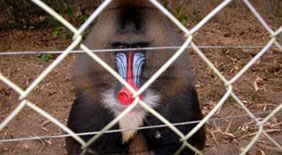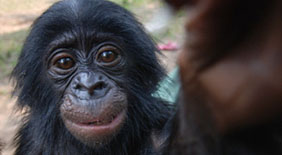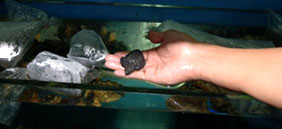|
Illegal wildlife trade has grown rapidly and globally, and now encompasses a wide range of flora and fauna across all continents including marine life. Across Africa, one elephant is killed every 20 minutes. More elephants are poached than die of natural causes. Rhino poaching increased by 7,000 percent between 2007 and 2013 in South Africa, home to over 80 per cent of Africa’s rhinos. In South and Central America, Asia and Africa, the illegal trade in birds, fish, corals, mammals, reptiles and plants, propelled to satisfy domestic and international markets.
The international responses to date have largely focused on strengthening law enforcement efforts and reducing consumer demand for illegally sourced wildlife commodities. However, Endangered Species International emphasis is placed on the role of indigenous and local communities in the field to stop illegal trade of plants and animals.
In all our projects, we recognize the central role of the communities that live close to wildlife in addressing and combating wildlife crime. For example, in the Republic of Congo, our strategy and field work has stopped illegal gorilla poaching within our remote project area by patrolling, community involvement and awareness, training and law enforcement, and providing sustainable economic alternatives.
In our projects we strengthen the ability of communities to be involved in decision-making to combat wildlife crime and to derive benefits from conserving wildlife.Engagement of communities is crucial for success in reducing poaching and the illegal wildlife trade. Join us to stop illegal wildlife crime and to keep animals free in their habitats!
Links
|
|

A mandrill illegally captured in Central Africa. © Endangered Species International

Primates like this bonobo belong to the wild. © Endangered Species International

Threatened sea turtles are still sold illegally in pet stores in Asia. © Endangered Species International
|









